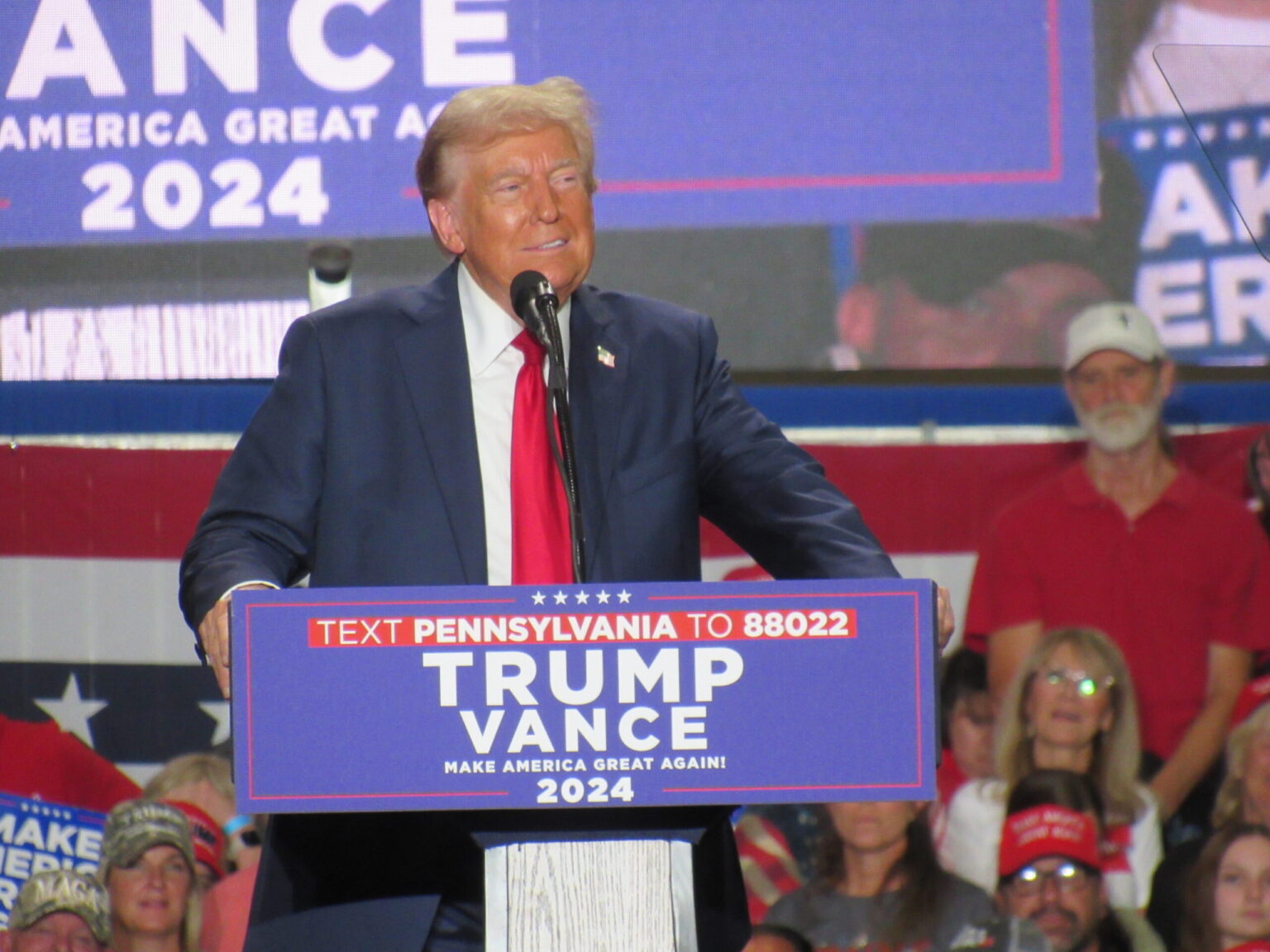As Election Day approaches, former President Donald Trump is making waves with his scheduled campaign rally at Madison Square Garden in New York City on October 27. Despite being in a deep-blue state, where Trump has faced civil and criminal legal challenges, his campaign sees this event as a significant statement for his 2024 presidential run. Hosting a rally in a city that typically leans Democratic emphasizes Trump’s strategy to invigorate his base and reach out to potential swing voters even in unfriendly territory. This choice underscores a belief that the political landscape in New York may be shifting, particularly in light of recent immigration issues and urban discontent.
Setting the stage for this rally, recent polling suggests that the election will hinge upon a few key swing states, making Trump’s decision to focus attention on New York both bold and risky. Time and resources spent in New York might detract from campaigning in battleground states like Pennsylvania and Nevada, where the polls show much tighter races. However, Trump’s inclination to hold the rally comes after years of hinting at it, reinforcing his long-term engagement with his supporters in the region, who may be feeling motivated by local changes that he emphasizes. He has previously expressed optimism about the potential shifts in voter sentiment in New York.
With Madison Square Garden hosting up to 19,500 attendees, the event is poised to draw significant crowds and potentially exceed the turnout seen at his previous New York rallies. In Uniondale, for example, a recent rally attracted 16,000 supporters, and another in the Bronx saw about 10,000 attendees. The anticipation and enthusiasm on social media highlight a mix of excitement and skepticism about the event, indicating that the rally will likely draw both supporters and vocal opposition, illustrating the polarized nature of American political discourse.
Notably, the rally has already stimulated criticism from political opponents, highlighting the potential for public safety concerns and community unrest. Democratic state senator Brad Hoylman-Sigal called on Madison Square Garden’s management to cancel the event, framing it as a threat to public safety in New York City. This segment of dissent reflects broader apprehensions regarding Trump’s polarizing figure and the potential for escalated tensions during campaign events, particularly in a city known for its progressive politics.
Trump’s broader electoral strategy is an intriguing mix of traditional campaigning tactics and a willingness to explore unconventional venues and messages. He has previously commented on his belief that states traditionally viewed as secure for Democrats, such as New Jersey, Virginia, New Mexico, and Minnesota, could be competitive in the upcoming election. This notion showcases his determination to contest every possible avenue for support and reflects an overarching theme of his candidacy: the idea that political dynamics can shift in surprising ways.
As the election nears, the actions taken during this final stretch, including Trump’s rally at Madison Square Garden, will be crucial in determining the efficacy of his strategies in both solidifying his base and potentially drawing new supporters. With November’s election looming, all eyes will be on the results and whether Trump’s efforts in traditionally Democratic areas bear fruit, influencing the competitive landscape of the 2024 election.

